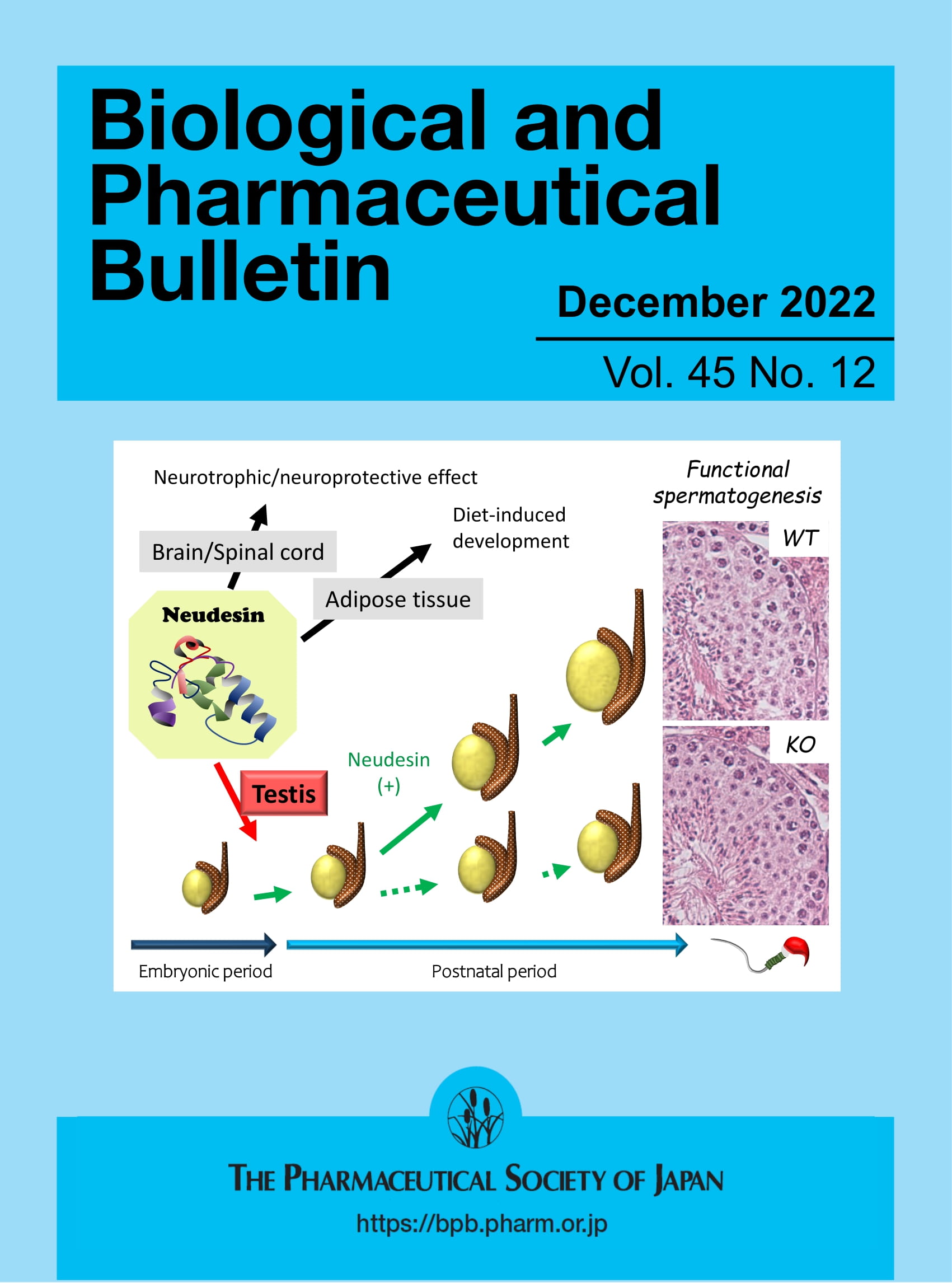Optimisation of Heated Electrospray Ionisation Parameters to Minimise In-Source Generated Impurities in the Analysis of Oligonucleotide Therapeutics
Abstract
Rationale
Oligonucleotides have emerged as an important new class of therapeutic. Due to their structural complexity, this presents significant challenges for the development of analytical methods to characterise and determine their impurity profile. In this study, we introduce a sensitive ion-pair reverse phase method interfaced with mass spectrometry for analysis of antisense oligonucleotides and small interfering RNAs.
Methods
Liquid chromatography–mass spectrometry analysis of antisense oligonucleotides and small interfering RNAs was performed using hexylamine: hexafluoro-2-propanol mobiles phases. LC-MS analysis was performed in both negative and positive ion mode. Electrospray ionisation source conditions including collision energy and temperature were optimised to minimise in-source generated impurities and alkylamine adducts in the analysis of oligonucleotide therapeutics.
Results
The results show that under low or no in-source collision energy the presence of hexylamine adducts are observed and are predominantly on the lowest charge states present. As the in-source collision energy is increased, a reduction of hexylamine adducts is observed in conjunction with an increase in nucleobase loss in the gas phase, therefore generating in-source impurities. In comparison to tributylammonium acetate, increased MS sensitivity, higher charge states and effective removal of hexylamine adducts using mild source conditions was achieved.
Conclusions
Optimisation of the mild source conditions in conjunction with high pH mobile phases was combined with high-resolution accurate mass spectrometry analysis and automated deconvolution workflows to develop a simplified and streamlined approach for characterising oligonucleotide therapeutics and their related impurities.


 求助内容:
求助内容: 应助结果提醒方式:
应助结果提醒方式:


